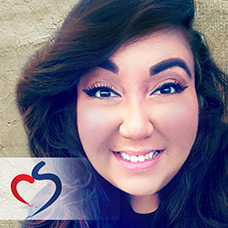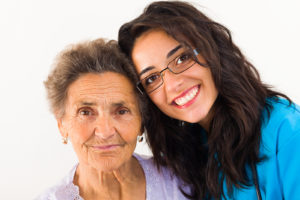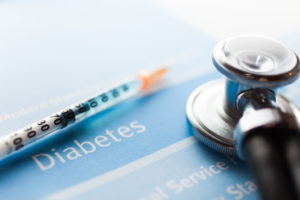What Should You Include in Your Own Self-care Plan as a Caregiver?

Katherine Azanon
April 12, 2017
Are You a New Caregiver in Crisis?
April 24, 2017Your own self-care plan involves more than just yourself, interestingly enough. There’s your immediate tasks for keeping yourself healthy and happy, but there’s a little more to it than that because you’re responsible for someone else’s care now, too.
Your Plan for Staying Healthy
Your self-care plan definitely needs to include plans for your own physical, mental, and emotional health. How do you plan to preserve those? You might need to change your eating habits, for example, or start an exercise plan. If you haven’t been to your doctor in a while, that needs to be a part of your self-care plan. Fully evaluate what you need to do in order to keep yourself healthy and stick to that arrangement.
Your Plan for Finding Balance with Caregiving
Balance, when it comes to caregiving, involves making sure that you’ve got plenty of time for caregiving, for yourself, and for your other responsibilities. This might mean that you need to revamp how you manage certain activities or it might mean that your other family members need to help pitch in more. Make note of what helps you to keep everything in balance so you know what works.
Your Plan for Keeping Your Loved One Safe
Safety is one of your biggest priorities for your elderly loved one. There’s her immediate safety in terms of her health, but there’s also environmental safety. You may need to modify or adapt your loved one’s home or your own home in order to provide a safe space for her. Including this in your own self-care plan ensures that you aren’t overlooking anything.
Resources that You Can Count On
You have to have resources and assistance that you can rely on when you’re in over your head. That might include caregiver support groups, home care services providers, and local senior citizen agencies. It can also include friends, neighbors, and other people who provide help to you or directly to your elderly loved one. They all count in terms of resources that you can utilize.
If you don’t already have your own self-care plan, it’s time for you to map one out.



